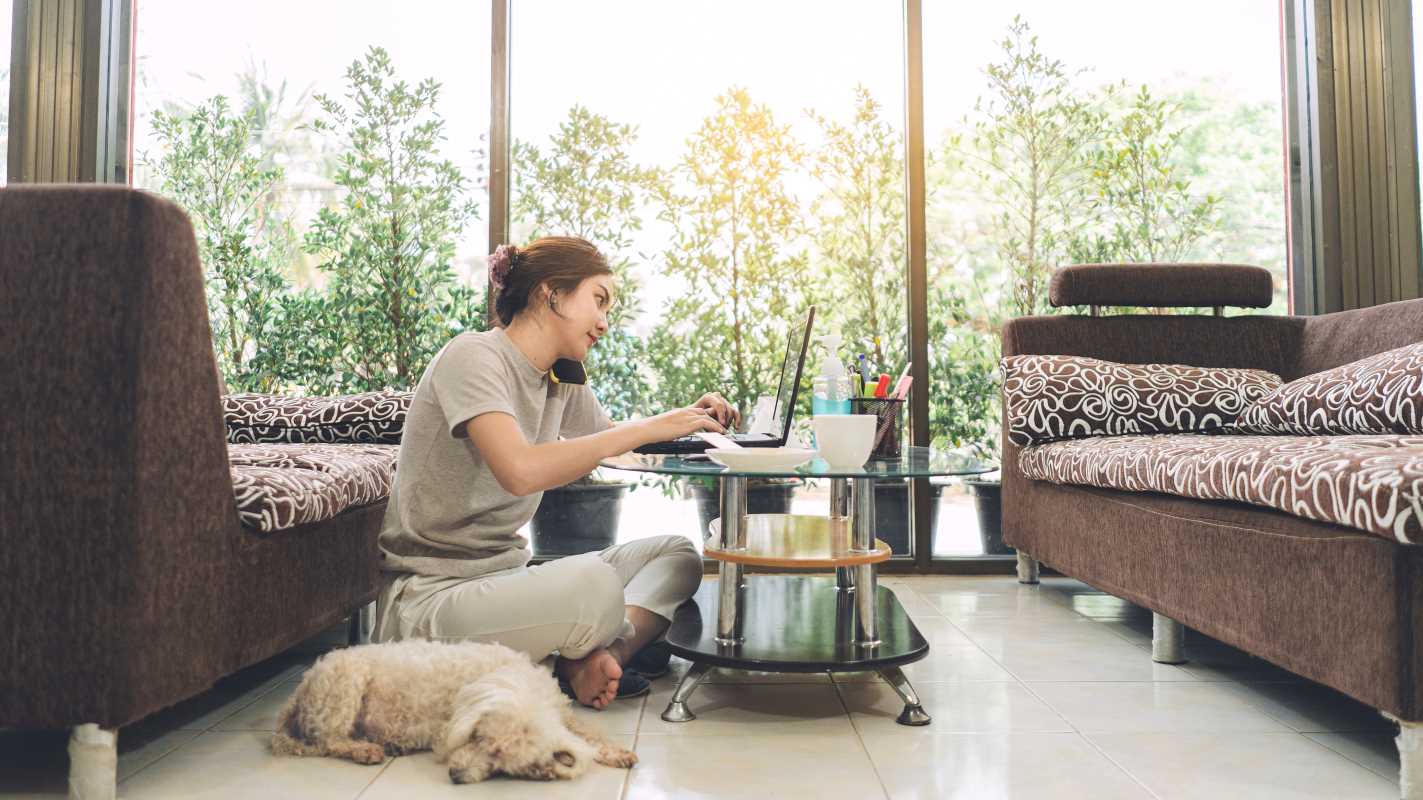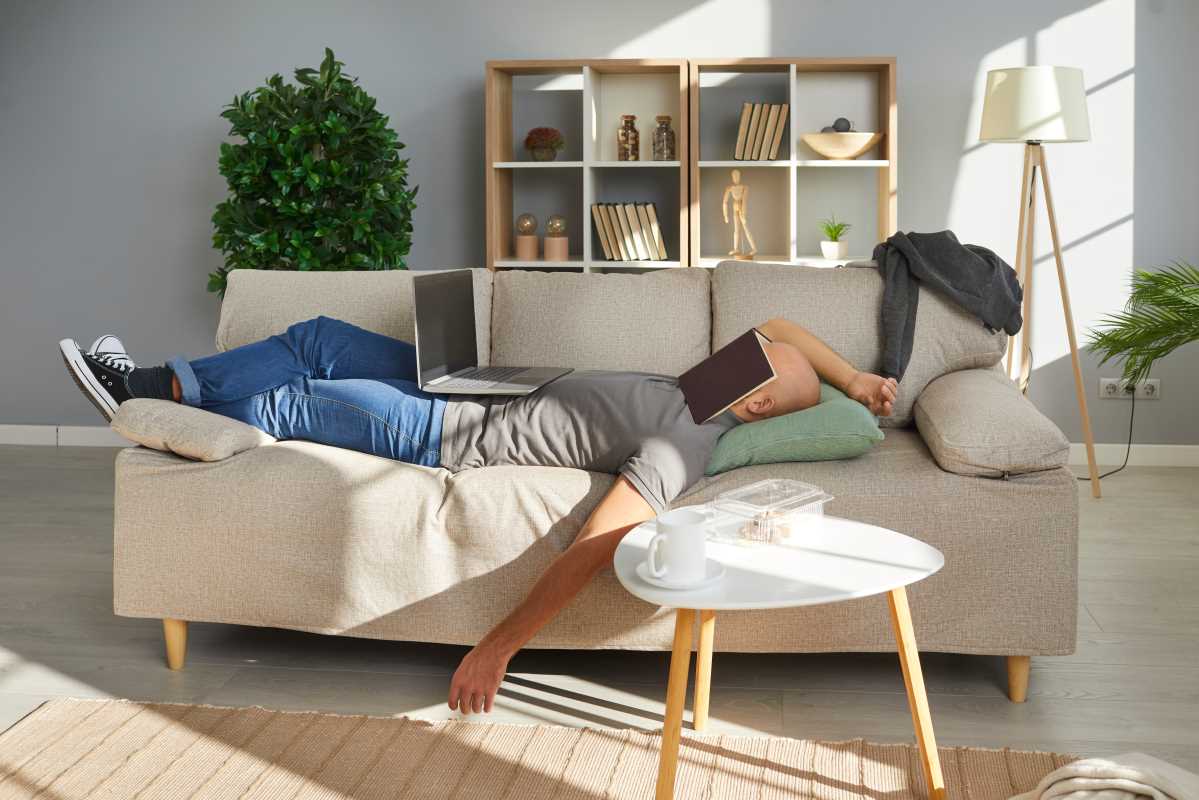Working from home has become an integral part of modern life, offering flexibility and convenience for professionals across various industries. However, it also comes with challenges, such as maintaining focus, stimulating creativity, and breaking up the monotony of long workdays. One simple yet effective solution lies in leveraging the spaces available in your home by intentionally working from different rooms throughout the day. Changing your surroundings not only helps combat distraction and fatigue but also enhances productivity, creativity, and overall well-being. By exploring how to maximize this approach, you can turn every corner of your home into a catalyst for better work.
How Changing Environments Stimulate Productivity
The environment in which you work plays a significant role in your ability to focus and perform. Familiar surroundings, while comfortable, can sometimes dull your senses, leading to feelings of stagnation or decreased productivity. Rotating between different rooms introduces variety, which helps refresh your mind. A change of scenery stimulates your brain in small but impactful ways, encouraging renewed focus and enthusiasm for your work.
When you move to a new space, your brain registers the shift as a break in routine. This prompts a psychological reset, making it easier to refocus when you sit down again. For example, transitioning from a formal workspace like a desk to a cozier setting like the kitchen table for brainstorming can invigorate your creative thinking, while moving to a quiet room for deep work provides an optimal environment for concentration.
Natural light and other sensory elements also vary between rooms, which can influence energy levels and mood. A sunny spot in the living room might feel energizing in the morning, while a quieter, dimly lit nook might help you wind down for reflective tasks later in the day. These small adjustments to your working environment can have a cumulative effect on productivity, making it easier to sustain focus throughout extended work hours.
Boosting Creativity Through New Perspectives
Creativity thrives on fresh inputs and new perspectives. Working from the same spot every day can limit your ability to think outside the box, as your brain tends to associate that environment with specific patterns or types of tasks. Moving to a different room disrupts those patterns, encouraging fresh ideas and alternative approaches to problem-solving.
For tasks that require innovative thinking, a change in surroundings can stimulate your imagination. Sitting at the kitchen counter, for instance, might inspire a more informal, playful approach to brainstorming compared to working in a structured office setup. Similarly, working near a window with a view of nature can give your mind the chance to wander, promoting creative connections between ideas.
Even the physical movement involved in switching rooms can have an impact on creativity. The simple act of walking from one space to another gives your brain a momentary break, allowing ideas to incubate in the background. When you return to your work, you may find yourself seeing solutions or strategies that hadn’t occurred to you earlier.
Physical Benefits of Moving Between Rooms
Sitting in one spot for prolonged periods can take a toll on your body, leading to stiffness, discomfort, and poor posture. Moving between rooms creates natural opportunities for light physical activity, which can help reduce these negative effects. It encourages you to stand, stretch, and adjust your posture throughout the day, improving circulation and easing muscle tension.
Different spaces also offer varied seating and ergonomic setups, which can alleviate the physical strain of working in a single static position. Alternating between sitting on a chair at a desk, lounging on a couch, or even standing at a counter introduces diversity to how your body is positioned, reducing the likelihood of soreness or fatigue. For tasks like reading emails, working while standing in the kitchen or pacing gently in a hallway might offer both physical relief and increased energy.
Lighting and airflow often differ between rooms as well, which can have subtle but important effects on your physical comfort. Bright, naturally lit spaces can help combat eye strain during detailed tasks, while cooler or cloudier settings might feel more comfortable for prolonged focus. This ability to tailor your physical surroundings to match your needs at any given time reinforces the overall benefits of moving between rooms.
Enhancing Workflow by Matching Tasks to Spaces
One of the most practical benefits of using different rooms during the workday is the ability to match specific tasks to spaces that best support them. Certain environments naturally lend themselves to particular types of work, and recognizing these alignments can help structure your day more effectively.
For instance, an organized home office might be the ideal setting for completing administrative work or participating in video calls, thanks to its professional atmosphere and minimal distractions. On the other hand, a comfortable living room can be great for brainstorming or casual planning sessions, as its relaxed ambiance encourages open-ended thinking. A quiet bedroom corner or reading nook might serve as a focus zone for tasks requiring deep concentration, where interruptions are less likely.
This intentional division of work across different environments introduces order and variety to your day. By dedicating specific spaces to particular tasks, you not only improve efficiency but also prevent boredom from creeping in. Over time, these associations can help train your brain to shift gears more easily. Entering a specific room for a familiar activity primes your mind for the task ahead, cutting down on the transition time between activities.
Tips for Maximizing the Benefits of Changing Rooms
To fully reap the rewards of working from different rooms, it helps to plan and organize your approach. Start by identifying the spaces in your home and thinking about how each one could support your work. Consider factors like lighting, noise levels, and available surfaces for spreading out materials or using equipment.
Keeping work essentials portable is another important step. Lightweight tools such as laptops, notebooks, or tablets allow you to move seamlessly between spaces without disrupting your workflow. Creating small organizational setups in different rooms, such as a stocked basket with pens and chargers, makes transitions smoother.
Balancing variety with structure is also key. While rotating rooms prevents monotony, sticking to a loose schedule ensures consistency and alignment with your goals. For example, you might start the morning in a bright, energizing spot to tackle priority tasks, shift to a comfortable seat in the afternoon for brainstorming, and close the day with reflective work in a quieter corner.
Finally, remain flexible and attentive to what works best for you. Experimenting with different setups and observing how they impact your focus and productivity can help refine your routine over time. Tailoring your use of spaces to fit your preferences ensures the approach feels natural and sustainable.
A Fresh Perspective on Productivity
Breaking free from the confines of a single workspace opens the door to a more dynamic and enriching work experience. By moving between rooms throughout the day, you gain the psychological uplift of changing environments, the physical relief of varied postures, and the practical advantage of aligning tasks with their ideal settings. These benefits combine to create a workflow that feels more balanced, creative, and enjoyable.
Rethinking how to use your home as a functional workspace requires only minor adjustments but delivers meaningful results. With intentional planning and an open mind, you can transform the spaces you already have into powerful tools for enhancing your focus, creativity, and productivity. By staying in motion, both mentally and physically, you unlock new ways to succeed in your work while maintaining energy and enthusiasm throughout the day.







